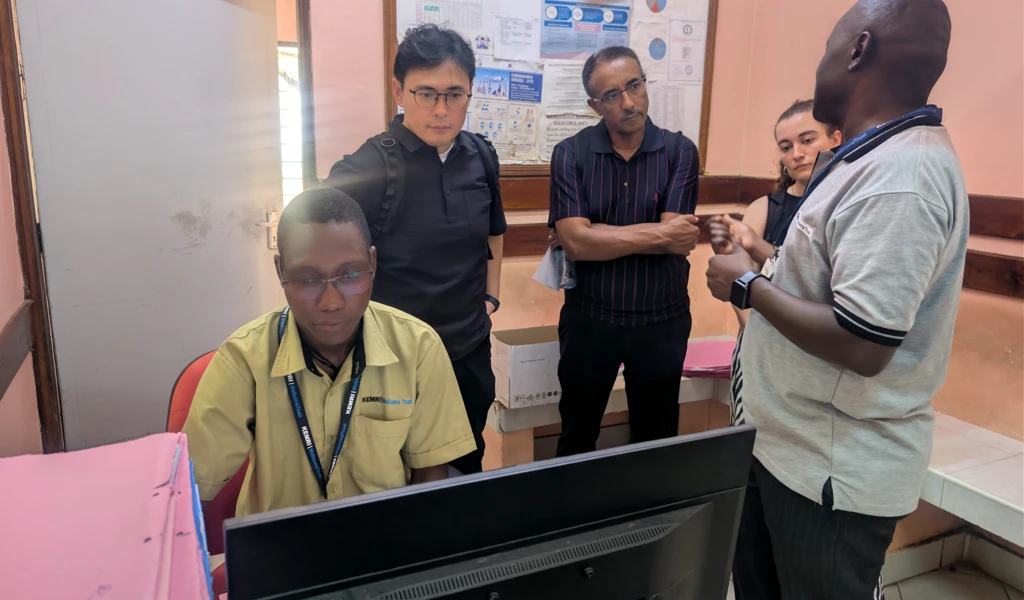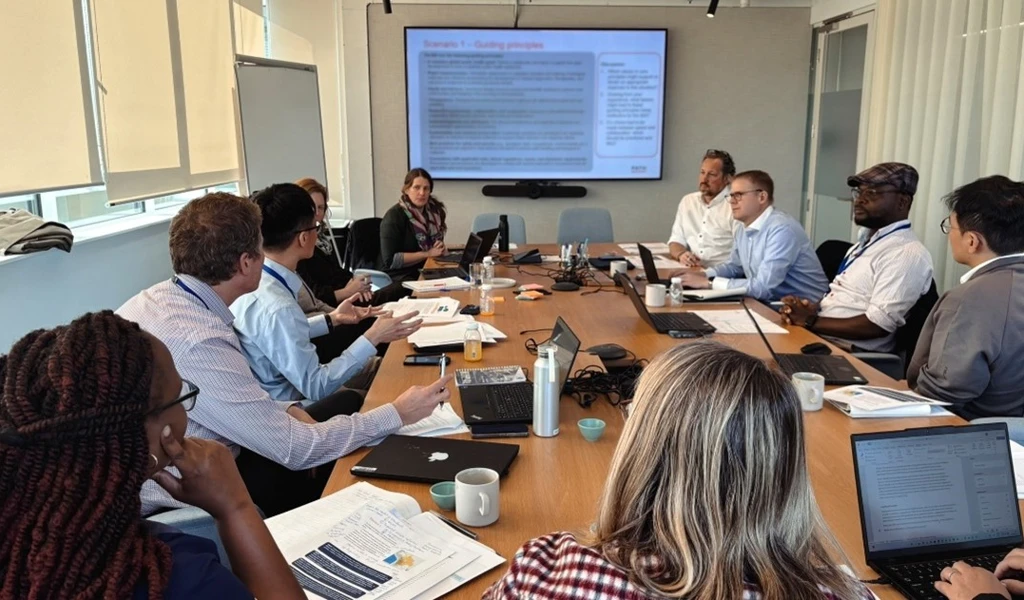CEPI steps up H5N1 preparedness as outbreak in cattle persists

An outbreak of H5N1 bird flu among cattle in the United States—the first known time the virus has spread into these mammals as hosts—is raising questions about whether this highly pathogenic influenza virus could become a human epidemic threat.
Four cases of H5N1 infection in people – all of them farm workers in close contact with cattle – have been confirmed, but there has been no known onward transmission to others. However, the virus has adapted so there is more mammal-to-mammal transmission in multiple places in the world. Global health security experts say the virus is not considered a current risk to the general population, but they caution that the H5N1 risk level is not static. It could change—up or down—as the virus mutates.
“While there have been just a few confirmed cases in people, CEPI’s approach for the moment is one of calm urgency,” says Nicole Lurie, CEPI’s Executive Director for Preparedness and Response. “It’s much better to be ahead of the curve than behind it, so you have a greater chance of containing an outbreak. We think of preparation actions a bit like putting our shoes on in case we need to start running.”
Since CEPI is a ‘no-regrets’ organisation that wants to act as swiftly as is warranted, it is now ‘preparing to respond’ to any change in the H5N1 threat level. CEPI has pulled together a cross-departmental group of its experts–including epidemiologists, vaccine R&D specialists, regulatory, preclinical and clinical testing, and manufacturing experts–to monitor the outbreak and initiate pre-emptive steps that could put the world ahead of H5N1 if it were to pose a greater human threat.
Those steps including exploring potential H5N1 vaccine development using computer-assisted design of H5N1 immunogens—substances that trigger an immune response—and looking at the potential role of mRNA—the technology behind some of the lifesaving COVID-19 vaccines that were developed and authorised in under a year. Each of these approaches has the potential to produce a vaccine that is better or can be manufactured faster than the traditional approach of making flu shots by growing virus in eggs and cells.
CEPI is also in discussion with partners across the pandemic preparedness and response ecosystem, including national governments and global health partners such as the WHO, Gavi and others to think about how we can best collaborate to improve H5N1 preparedness and increase equitable access to doses. And it is talking to its network of vaccine manufacturers in the Global South to better understand and then navigate the potential barriers that might stand in the way of scaling up production of new H5N1 vaccines if they were needed.
Through its partnerships across research and policy, CEPI is also using its voice to advocate for equitable access. With currently available doses limited and already being bought up by high-income countries, there is concern that, as we saw during the COVID-19 pandemic, low- and middle-income countries could once again be pushed to the back of the queue. “We estimate internally that 50 percent of existing supply is already tied up in contracts or potentially subject to export controls” explains Lurie. “Vaccine equity should be a forethought, not an afterthought. The goal of equity does not necessarily need to compete with the need for sovereign nations to protect their populations.”
If the epidemiological situation escalates, CEPI will ramp up its response, always trying to be a step ahead, and always focusing on equity as a goal.
And, on the other hand, if human case numbers remain low and the work of CEPI partners engage in isn’t necessarily needed right now, “the data and knowledge generated will still be incredibly important to help improve understanding of H5N1 and other highly pathogenic flu viruses,” says Lurie. “Taking these steps now will also allow our partners to test out how they could better prepare for future viral disease outbreaks.”
Such preparedness thinking is central to the 100 Days Mission, the ambitious goal spearheaded by CEPI and embraced by the G7, G20 and industry leaders to reduce vaccine development timelines and create vaccines against a novel virus in as little as 100 days.
.webp)


